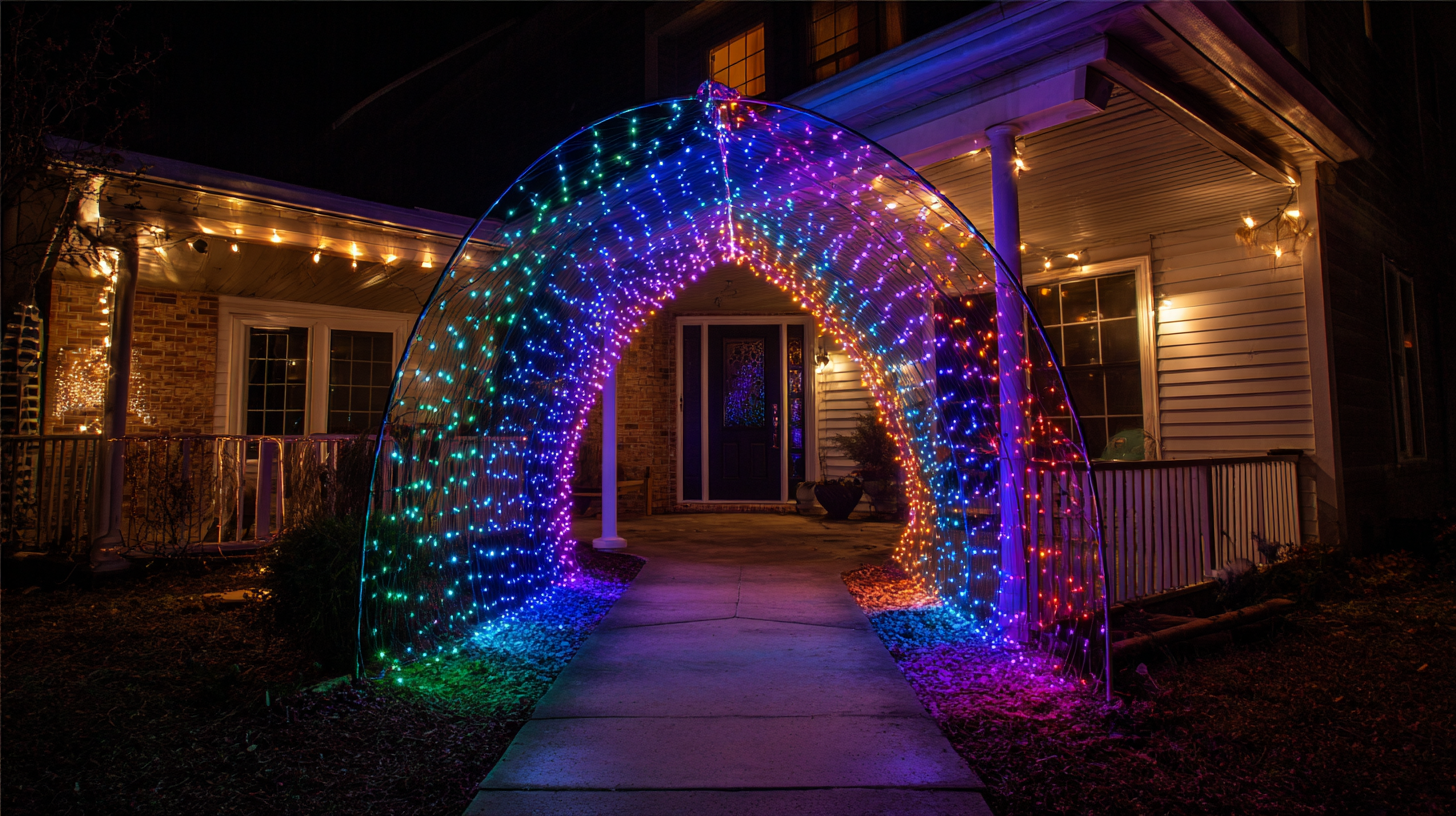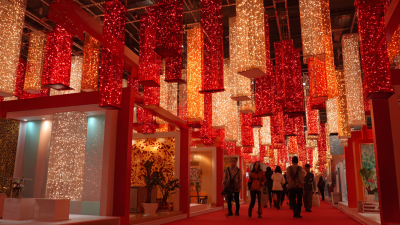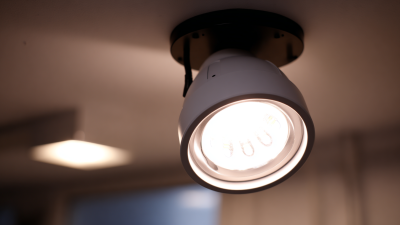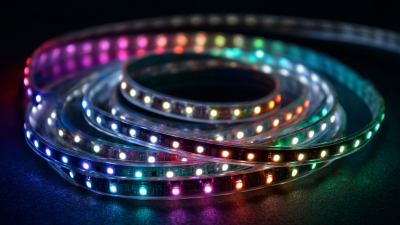Transform Your Space: The Science Behind LED Decorative Lights and Their Benefits
In recent years, LED decorative lights have grown in popularity, becoming a staple in both residential and commercial spaces. According to a report by the U.S. Department of Energy, LEDs are projected to account for 75% of the lighting market by 2030 due to their energy efficiency and versatility. These lights not only reduce energy consumption but also offer a wide range of colors and designs that can enhance the aesthetic appeal of any environment. Furthermore, studies show that the use of decorative LED lights can positively impact mood and well-being, making them an effective tool for creating inviting and vibrant atmospheres. As we delve into the science behind these illuminating innovations, we will explore their manifold benefits and practical applications, transforming ordinary spaces into extraordinary visual experiences.
Understanding the Basics of LED Technology and Its Evolution
LED technology has undergone significant evolution since its inception, transforming how we illuminate our spaces. Originally, LEDs were primarily utilized for indicators and small displays due to their limited brightness and color options. However, advancements in semiconductor technology have led to high-brightness LEDs capable of various applications, including decorative lighting. According to a report by the International Energy Agency, the global market for LED lighting is projected to reach $223 billion by 2026, showcasing the widespread acceptance of this technology.
The evolution of LED technology is marked by several key developments, including the introduction of multi-chip packaging, which has enabled richer color mixing and improved light quality. Today, innovations such as Micro-LEDs are paving the way for even more compact and efficient lighting solutions. A study conducted by research firm MarketsandMarkets indicates that the Micro-LED market alone is expected to grow to $8.9 billion by 2025, highlighting the rapid pace of advancement in this field. As LED technology continues to evolve, its impact on both energy efficiency and aesthetic lighting design will remain significant, making it an essential component of modern spaces.
LED Decorative Lights: Energy Efficiency and Lifespan Comparison
Exploring the Aesthetic Benefits of LED Decorative Lighting
The aesthetic benefits of LED decorative lighting are profound and versatile,
drastically transforming environments and influencing mood. According to a report by the Lighting Research Center,
LED lighting can enhance the appearance of spaces by not only providing vibrant color options but also ensuring consistent illumination.
In recent years, the market for decorative LED lighting has surged, with projections estimating a growth rate of
12% annually, indicating a heightened appreciation for design and atmosphere facilitated by efficient lighting solutions.
One of the most compelling advantages of LED lights is their ability to create dynamic atmospheres. Research from the
U.S. Department of Energy highlights that LED technology allows for
a wide spectrum of colors, which can evoke specific emotional responses and enhance the overall aesthetic appeal of interior and exterior spaces.
From cozy warm white lights for intimate settings to vibrant colors for festive occasions, the adaptability of LEDs provides endless creative possibilities
for homeowners and designers alike. The energy efficiency and longevity of these lights further mean that style does not come at the expense of sustainability,
making them an ideal choice for modern decor.
How to Choose the Right LED Lights for Different Spaces
When selecting LED decorative lights for different spaces, it’s crucial to consider the unique characteristics and functions of each area. According to a report by the U.S. Department of Energy, LED lighting can use up to 75% less energy and last 25 times longer than incandescent lighting, making it an environmentally friendly choice for home decor. For living rooms and bedrooms, warm white LEDs (around 2700K-3000K) create a cozy ambiance, ideal for relaxation. In contrast, cooler temperatures (4000K-5000K) are better suited for workspaces, enhancing focus and alertness.
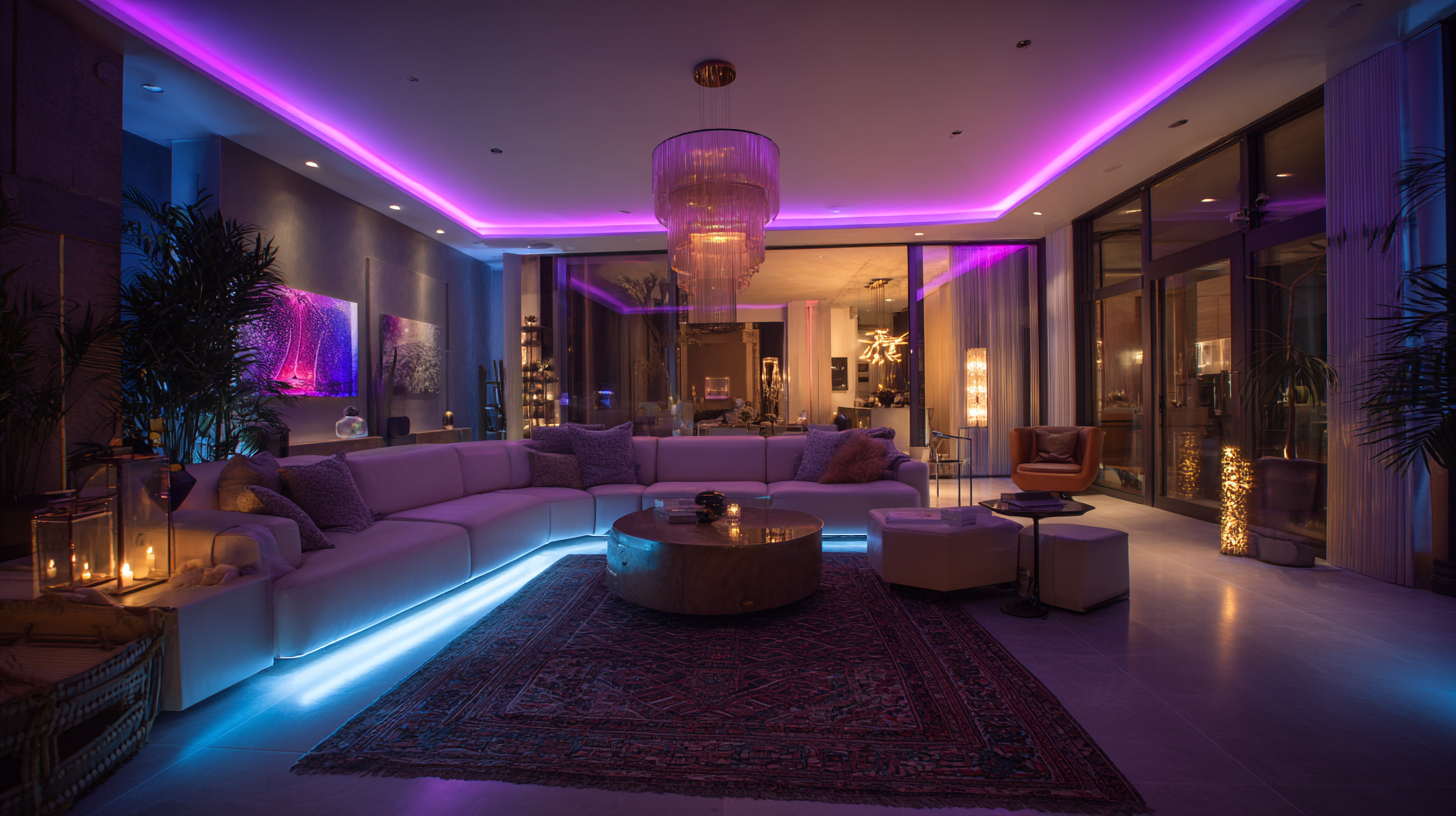
When choosing LED decorative lights, consider the lumens required for the intended effect. The Illuminating Engineering Society suggests that living areas typically need about 100-200 lumens per square meter, while task-oriented spaces like kitchens and offices may require as much as 500 lumens per square meter. Furthermore, pay attention to the Color Rendering Index (CRI), which measures how accurately colors are displayed under artificial light. Lights with a CRI of 90 or above are recommended for spaces where color accuracy is essential, such as art studios or retail environments. By aligning the right LED lights with each room’s purpose, you can significantly enhance both the functionality and aesthetic of your space.
Maximizing Energy Efficiency with LED Decorative Lights
LED decorative lights are not just visually appealing; they exemplify a significant leap in energy efficiency compared to traditional lighting solutions. Utilizing advanced technology, these lights consume a fraction of the energy, which translates into lower electricity bills for users. By opting for LED decorative lights, homeowners can illuminate their spaces while simultaneously reducing their carbon footprint. This is particularly beneficial during special occasions or festive seasons when decorative lighting is commonly used in abundance.
Incorporating LED lights into your decorative schemes also offers longevity and durability. Unlike incandescent or fluorescent bulbs, LEDs have a much longer lifespan, often lasting up to 25,000 hours or more. This extended life cycle reduces the frequency of replacements, further decreasing waste and energy consumption associated with production and disposal. By maximizing energy efficiency through the use of LED decorative lights, individuals not only enhance the aesthetic appeal of their environments but also contribute to a more sustainable future.
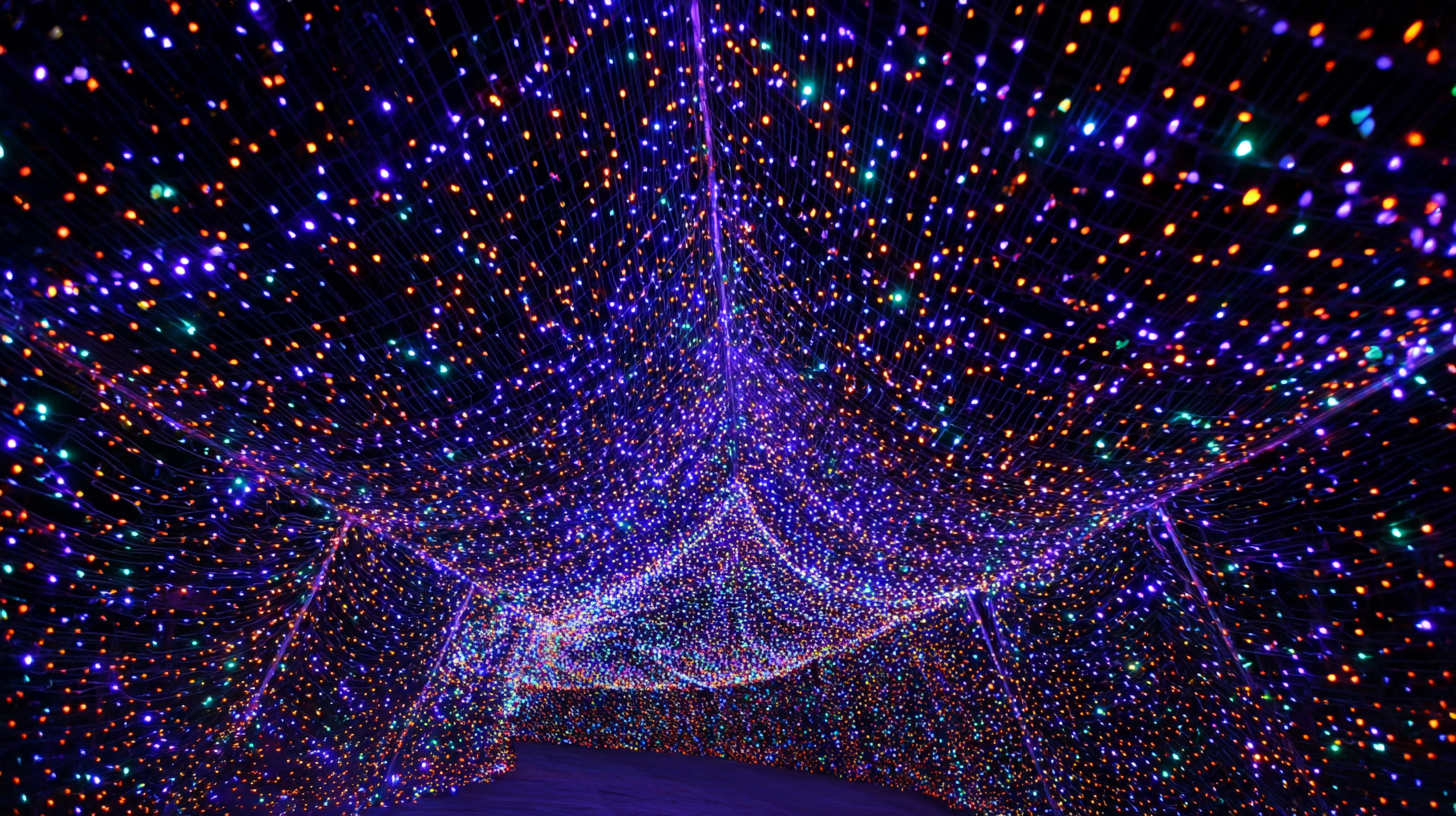
Innovative Ways to Incorporate LED Lights into Your Home Decor
Incorporating LED lights into home decor is not just a trend; it’s a transformative approach to enhancing the ambiance of any space. According to a report by the U.S. Department of Energy, LED technology could save approximately $12 billion annually in energy costs. This energy efficiency, combined with the versatility of LED lights, paves the way for innovative decor solutions. For instance, LED strip lights can be easily installed under cabinets or along shelves, creating a warm and inviting glow that highlights architectural features and personal treasures.
In addition to functionality, LED decorative lights offer a broad spectrum of colors and designs that cater to individual tastes. A study by Statista indicates that the LED lighting market is expected to surpass $130 billion by 2027, reflecting growing consumer interest in customizable lighting. By utilizing smart LED bulbs that can change colors through mobile apps, homeowners can create dynamic atmospheres for different occasions—whether it's a cozy dinner party or a lively game night. This adaptability not only elevates the aesthetic appeal but also contributes to a sustainable and economically sound living environment.
Transform Your Space: The Science Behind LED Decorative Lights and Their Benefits
| Room Type |
LED Light Type |
Benefits |
Innovative Incorporation Ideas |
| Living Room |
LED Strip Lights |
Energy-efficient, customizable colors |
Under shelf lighting, outlining wall art |
| Bedroom |
Smart LED Bulbs |
Remote control, adjustable brightness |
Bedside lamps, mood lighting |
| Kitchen |
LED Under-Cabinet Lights |
Increased visibility, stylish accents |
Highlighting countertops, lighting up recipes |
| Bathroom |
LED Mirror Lights |
Bright, flattering light for grooming |
Lighting around mirrors, accent walls |
| Outdoor |
Solar LED Garden Lights |
Eco-friendly, low maintenance |
Pathway illumination, highlighting landscaping |

Home
About Byone
Factory Tour
Products
Project Portfolio
Download
Blog
Contact Us
